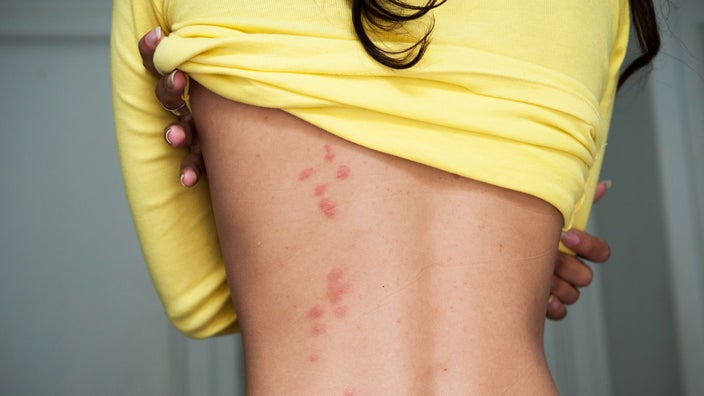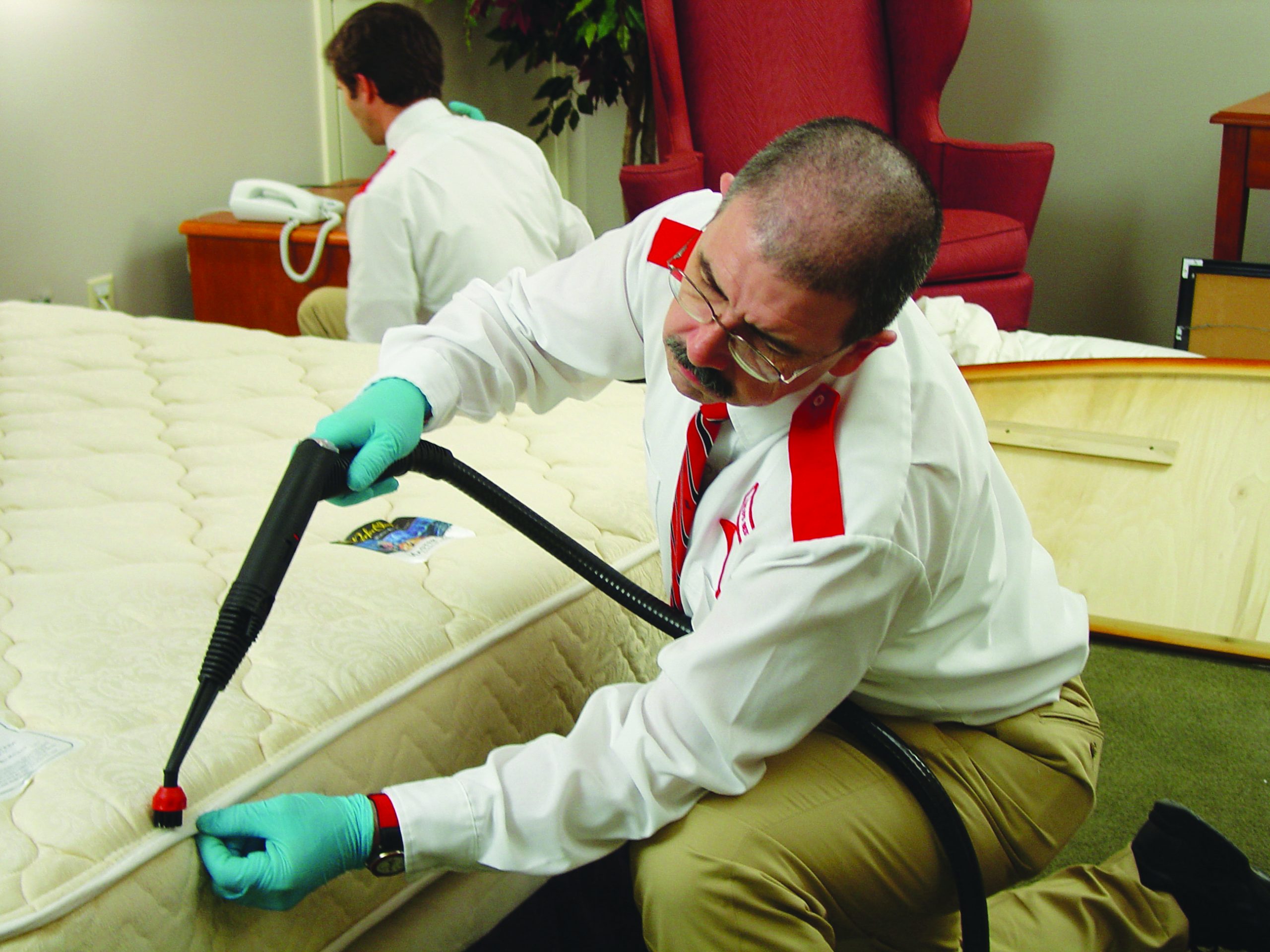The Ultimate Bed Bug Treatment Handbook: Professional Insights and Recommendations
Within the world of bug control, bed pests present an one-of-a-kind challenge with their elusive nature and durable visibility. The pursuit for effective bed insect therapy approaches has actually resulted in a variety of guidance and options, some even more trusted than others. In this manual, professionals in the area provide their understandings and referrals based upon years of experience combating these persistent pests. From understanding bed bug behavior to executing prevention methods and determining invasions, this detailed overview aims to gear up visitors with the understanding needed to tackle bed bug issues efficiently.

Understanding Bed Insect Habits
Comprehending the elaborate behavioral patterns of bed bugs is essential for reliable parasite control approaches. Bed insects, clinically referred to as Cimex lectularius, are little, reddish-brown parasitical bugs that feed on the blood of humans and pets. These nocturnal insects are adept at concealing in fractures and crevices near their hosts' resting locations, making them testing to find and remove.

Reliable Avoidance Strategies
To properly battle the spread of bed insects, implementing aggressive prevention approaches is vital in maintaining a pest-free setting. One of the crucial prevention methods is to frequently inspect and clean locations where bed pests can conceal, such as bedding, furnishings, and cracks in wall surfaces. Additionally, minimizing mess in living areas can decrease prospective hiding spots for these insects. Securing cracks and gaps in wall surfaces, floors, and furnishings can also assist protect against bed bugs from entering the premises. Utilizing safety covers on mattresses and box springs can work as a barrier against bed insects. When acquiring second-hand furniture or apparel, inspecting products extensively before bringing them into the home is critical in avoiding bed insect problems. Practicing good hygiene and reducing the danger of direct exposure to bed pests in public rooms can assist in prevention efforts. By integrating these safety nets into regular home routines, individuals can substantially minimize the chance of bed pest invasions.
Identifying Bed Bug Problems
Upon entering a room presumed of a bed bug invasion, one might discover tiny red or brown areas on learn the facts here now bed linens or furniture, showing the presence of these insects. An additional typical indicator of a bed bug invasion is the visibility of molted exoskeletons shed by growing bed pests.
A musty smell in the area could likewise show the existence of bed insects, as these pests release scents that cause a distinctive odor. Checking splits and crevices in furniture, wall surfaces, and cushion joints might reveal actual bed insects, which are reddish-brown, oval-shaped pests about the size of an apple seed. Comprehending these indications is critical for early detection and efficient treatment of that site bed insect problems.
Recommended Treatment Techniques
Effective bed pest therapy approaches depend on a combination of extensive assessment, targeted elimination, and safety nets to eradicate infestations efficiently. The very first step in treating bed insects is an in-depth assessment to identify the degree of the invasion. This typically includes taking a look at areas where bed pests are likely to hide, such as bed mattress seams, furniture joints, and electric outlets. As soon as the problem is validated, targeted elimination you could look here techniques can be utilized. Common approaches consist of utilizing insecticides, heat therapies, or cold methods to kill bed bugs at all life phases. It is necessary to comply with the directions offered by pest control specialists when making use of these techniques to guarantee safety and performance.
In addition to elimination, safety nets play a vital function in protecting against future invasions. This consists of frequently cleansing and decluttering living areas, securing cracks and gaps where bed pests can hide, and utilizing cushion encasements to shield against problems. By combining complete inspection, targeted extermination, and safety nets, individuals can successfully combat bed insect invasions and keep a bed bug-free environment.
Preserving a Bed Bug-Free Setting
After applying effective bed insect therapy methods, preserving a bed bug-free setting requires constant alertness and proactive procedures to protect against future infestations. Enclosing cushions and box springtimes with bed bug-proof covers can prevent any type of staying bed pests from escaping or new ones from infesting. Sealing fractures and gaps in wall surfaces, furniture, and other potential hiding areas can restrict bed pest activity and prevent infestations.
Final Thought
